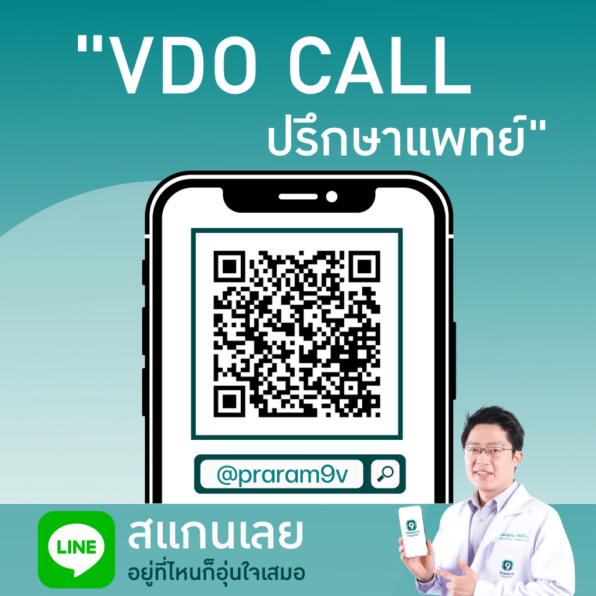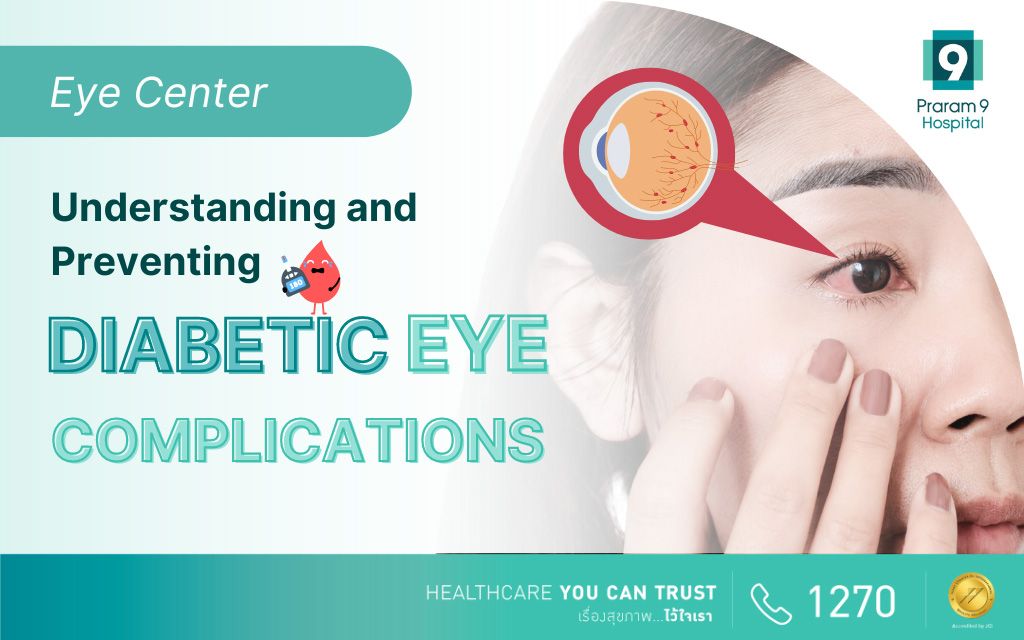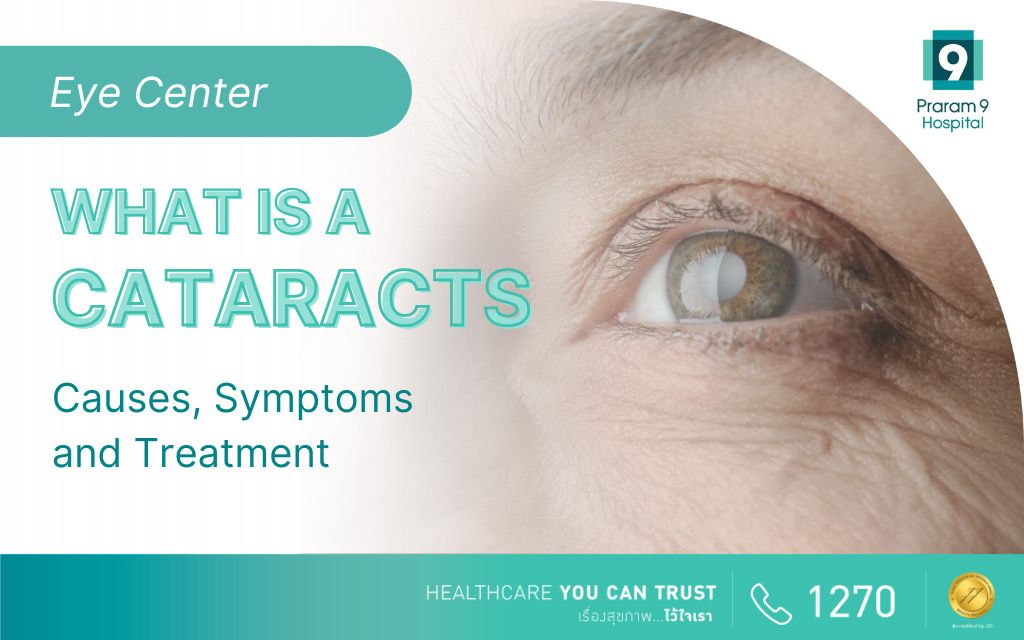Eye Center

Operating Hours
Monday - Saturday : 8.00 - 20.00 Sunday : 8.00 - 16.00
Page Information
Video consultation with doctors via video call (Telemedicine)

Video Consultation with Praram 9 V
Video Constulation with Doctor at Anytime, Anywhere via PRARAM 9 V
Praram 9 Hospital
Operating Hours
Monday - Saturday : 8.00 - 20.00 Sunday : 8.00 - 16.00
Praram 9 Hospital provides services for the diagnosis, care, and treatment of eye-related diseases. A team of specialized ophthalmologists is necessary for diagnosing various diseases. We have a team of specialists from every field of ophthalmology including but not limited to cornea, neuro-ophthalmology, refractive surgery, eyelid and cosmetic surgery, and pediatric eye care.
Services provided
- Eye health examination
- Refraction test for glasses
- Diagnosis and treatment of abnormalities in the eye and vitreous, such as diabetic retinopathy
- General eye disease examination and treatment, including treatment of refractive errors, treatment of torn or detached retina with laser and surgery
- Eye examination for premature infants
- Cataract removal and implantation of artificial lenses
- Corneal transplantation performed by a specialist ophthalmologist
- Eye screening in children
- Screening for visual and eye problems in children
- Diagnosis and treatment of lazy eye
- Examination and treatment of eye muscle disorders in children and adults
- Cosmetic and reconstructive veterinary surgery
- Eyelid surgery to correct abnormalities and for cosmetic purposes (in both children and adults), such as droopy eyelids, rolled-in eyelids, excess eyelid skin, weak eye muscles (Ptosis), lumps, and eyelid skin cancer.
- Treatment of abnormalities in the tear system and tear ducts (in both children and adults)
- Treatment of facial nerve disorders, such as eyelid spasms, and repair of broken orbital bones
Facilities and equipment
- Specialized eye examination tools
- Nerve fiber analyzer
- Fundus Photography or Fundus Camera is a camera that provides a photograph of the optic nerve that looks like a real image in the patient’s eye. It is an auxiliary device that helps doctors diagnose diseases from the beginning, which may not be detected during a normal eye examination. It can be done quickly, safely, and without disturbing the patient’s vision.
- Optical Coherence Tomography (OCT) eye scanner scans the optic nerve in a cross-sectional image. It helps doctors see the thickness of the layers of the retina, diagnose and monitor the progress of eye diseases such as optic nerve swelling, the presence of a hole in the optic nerve, and traction on the optic nerve, which is commonly found in diabetic patients. It also helps diagnose age-related central optic nerve damage.
- Corneal Thickness and Visual Field (CTVF) measurement device measures the thickness of the cornea and helps diagnose abnormalities in the optic nerve that result from eye diseases such as glaucoma or optic neuritis caused by brain diseases that affect vision such as brain tumors that grow and press on the optic nerve or various types of stroke patients.
- Endothelium Cell Counting machine is a device that counts and analyzes the number of corneal endothelial cells. It is used to help diagnose abnormalities in the cornea, such as corneal damage, dry eye syndrome, or for patients who wear contact lenses regularly.
Location
Eye Center 8th Floor, Building B, Praram 9 Hospital
Operating Hours
Monday - Saturday : 8.00 - 20.00
Sunday : 8.00 - 16.00
Center Physicians
All Doctors in the Center
Related Health Articles
View All
Copyright © 2024 All Rights Reserved | Praram 9 Hospital
















